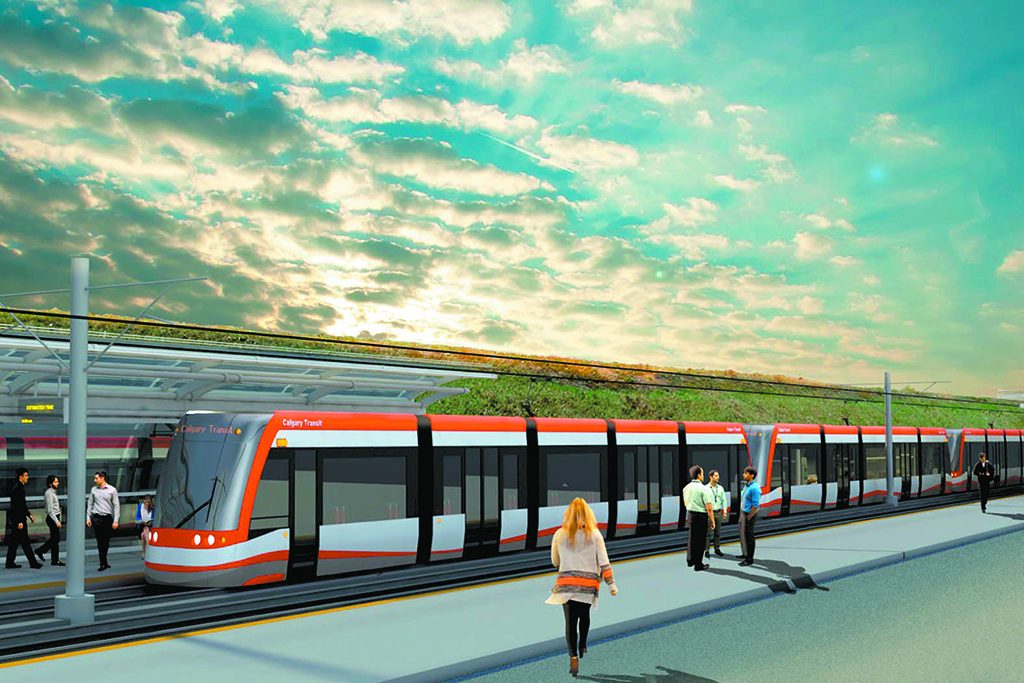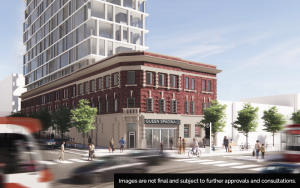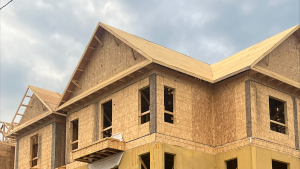Calgary City Council recently voted to give the green light to the Green Line LRT line.
Construction of the southeast segment of the $6.5 billion line is scheduled to begin this year.
“The Green Line is a critical piece of transportation infrastructure and an investment in Canada’s fastest growing city,” says David Duckworth, Calgary’s chief administrative officer, in an announcement. “Today’s decision helps us plan and build for Calgary’s best future”.
But not everyone in the foothills city is happy with the decision.
Following pressure from the provincial government, the city’s original plan to put the downtown section underground, were changed. Now it will run above ground.
The province’s route revision, which eliminates downtown tunnelling, has been met with skepticism by local business leaders.
In a letter to Premier Danielle Smith and Alberta Transportation Minister Devin Dreeshen, the Calgary Construction Association (CCA), the local chapters of the Business Owners and Managers Association, the National Association for Industrial and Office Parks and the Calgary Downtown Association called the elevated-track plan “reckless.”
They say an elevated line will lead to lower assessment and market values, business interruptions and a loss of tenants, among other harms.
Although transit development is critical to ensuring downtown Calgary continues to prosper and grow, “it needs to be built in a manner that addresses the overall economic growth of the Beltline and downtown with little to no impact on businesses, buildings, property value and access needs of a multimodal core.”
Their support for the Green Line depends on the city, the province and the federal government – who are all paying for the project – agreeing to a detailed review of the section of the project where the elevated part of the line would run.
“We would request the opportunity to work with the provincial government and the minister’s office in developing a more effective solution for the Beltline and downtown which fulfills the needs of all stakeholders and the City of Calgary. We must build a transportation solution that can work today and for generations in the future.”
Bill Black, president and CEO of the CCA, and one of the signatories of the letter, says they called the elevated-track plan reckless because the province was pushing the city to adopt its plan despite many unanswered questions, “such as cost, impact costs on buildings, the stranded Eau Claire area, etc. It is reckless to enter into a multibillion-dollar project that blindly.
“No one who has touched this project since its inception in 2015 should be overly proud of the result and Calgarians are the real losers.”
At the heart of the squabble over the alignment of a stretch of the Green Line is money, says Black.
Going underground, the preferred option of the city and the businesspeople, is much more expensive than building the line at-grade or elevated.
The province, which is contributing $1.5 billion to the project, prefers what it believes is the less expensive elevated alignment.
If the city had more of its own sources of revenue to tap, it wouldn’t be beholden to the wishes of the province, which has more financial resources at its disposal.
Jack Mintz, president’s fellow of the University of Calgary’s School of Public Policy, says Canadian municipalities have limited revenue options open to them.
“The best sources of revenues for municipalities are still the property tax and user fees,” says Mintz. “Property – land and buildings – by its nature can’t move.”
The Federation of Canadian Municipalities (FCM) says municipalities are constrained by an outdated fiscal framework that wasn’t designed to handle the present-day demands placed on them.
FCM says municipalities are too reliant on property taxes.
Municipalities should have revenue sources that support the full range of services they provide, both capital and operating expenditures.
FCM also says tax revenues need to be distributed more fairly between levels of government to match more closely their expenditures and service delivery mandates.











Recent Comments